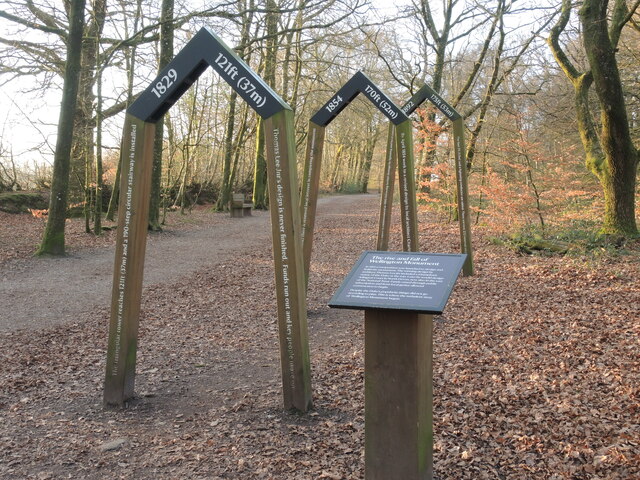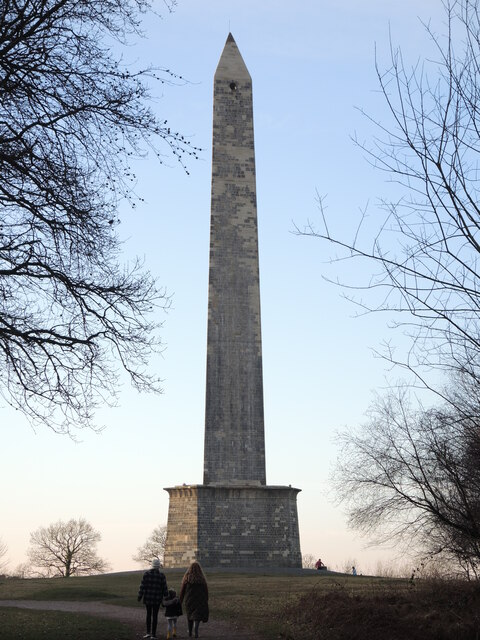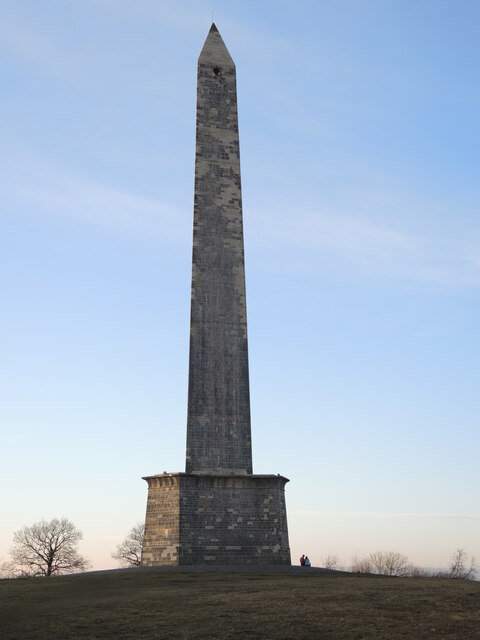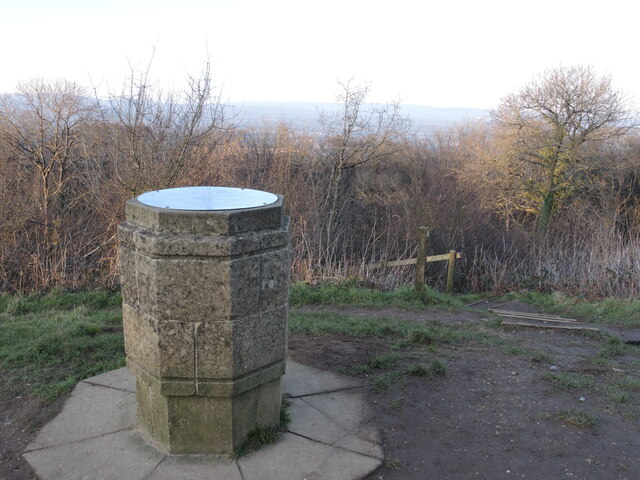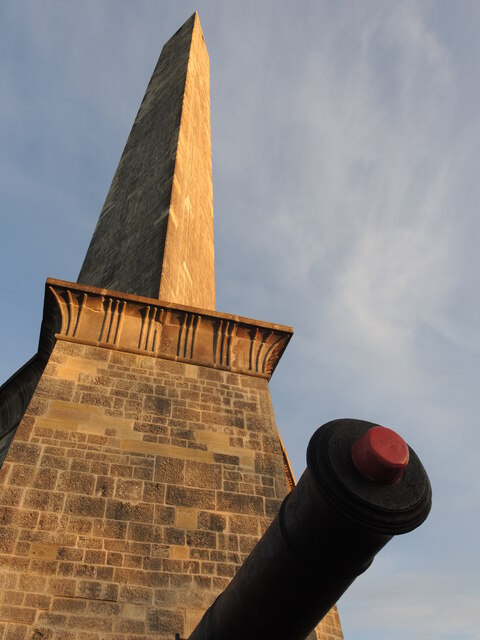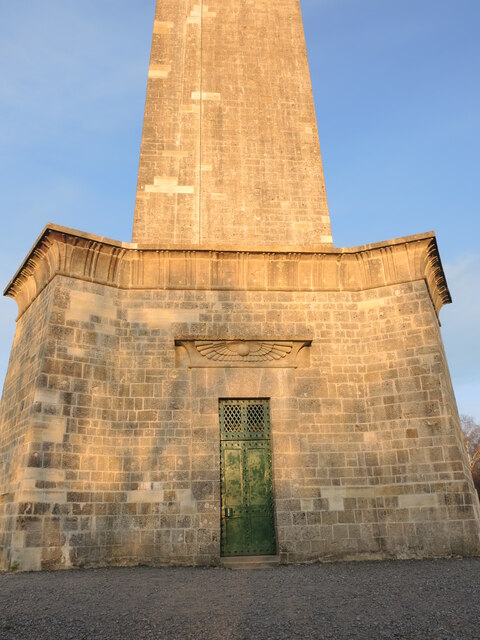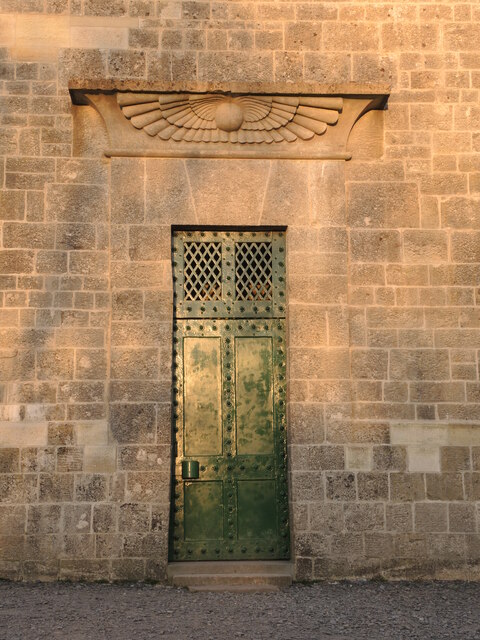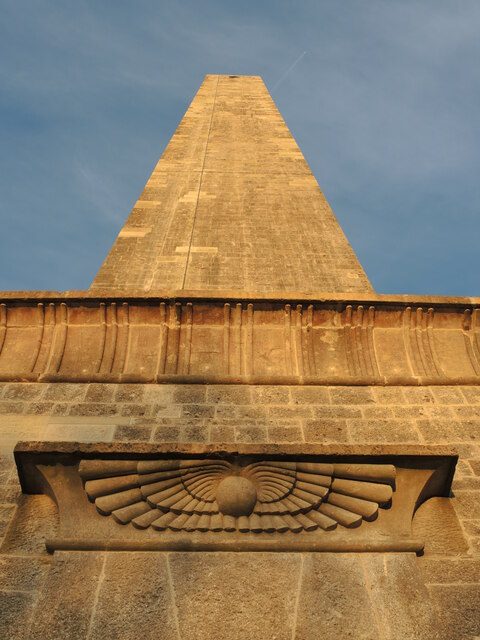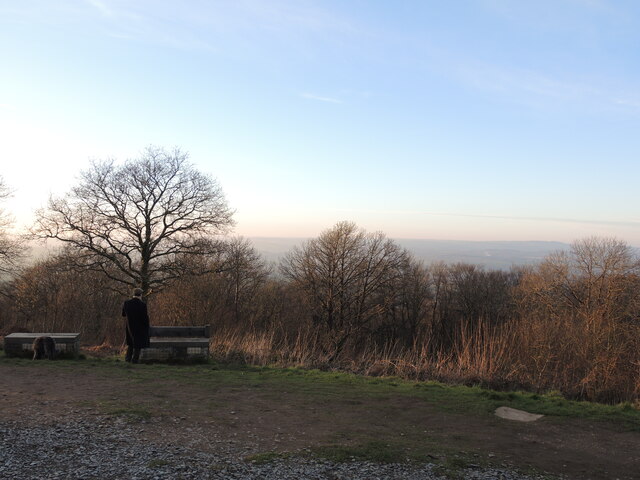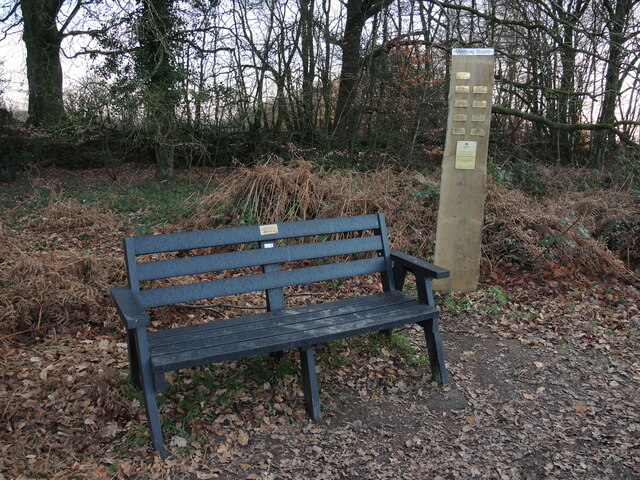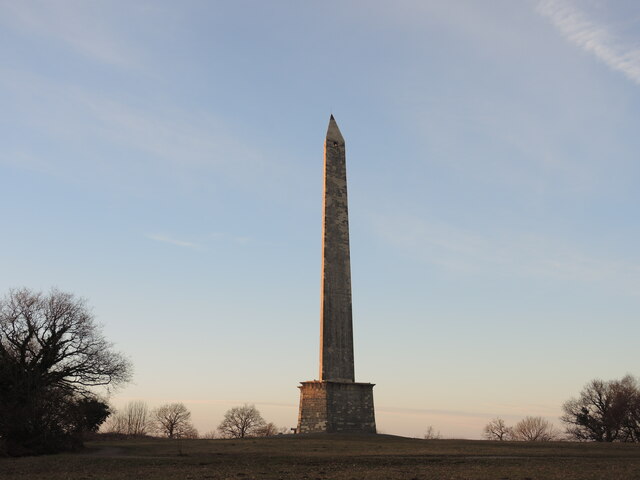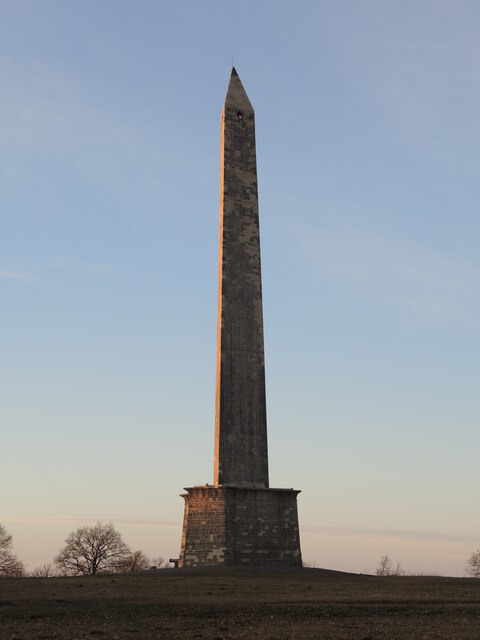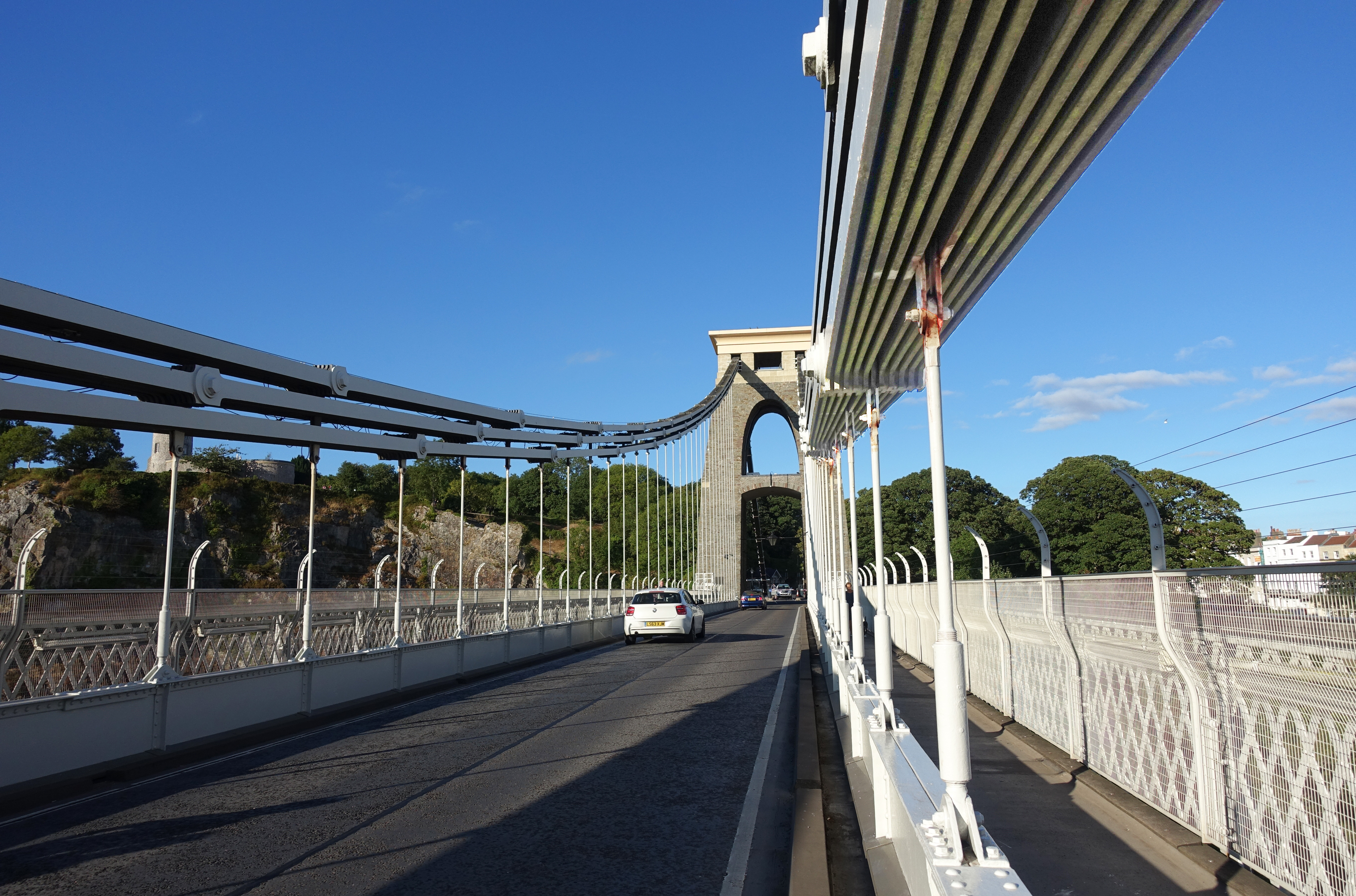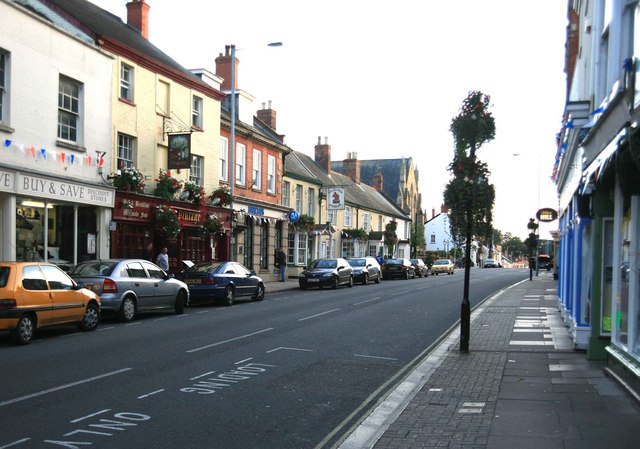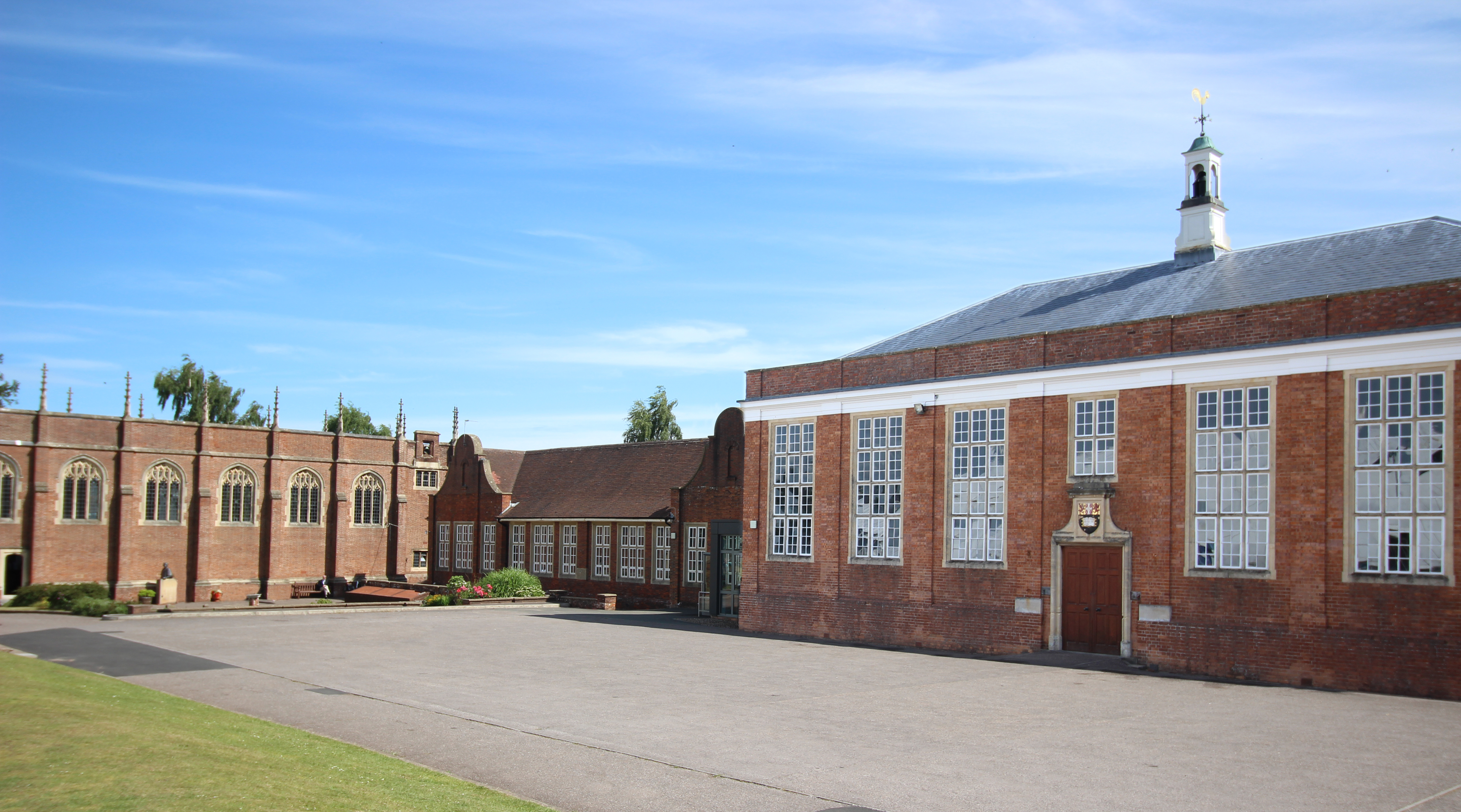Wellington Without
Civil Parish in Somerset Somerset West and Taunton
England
Wellington Without
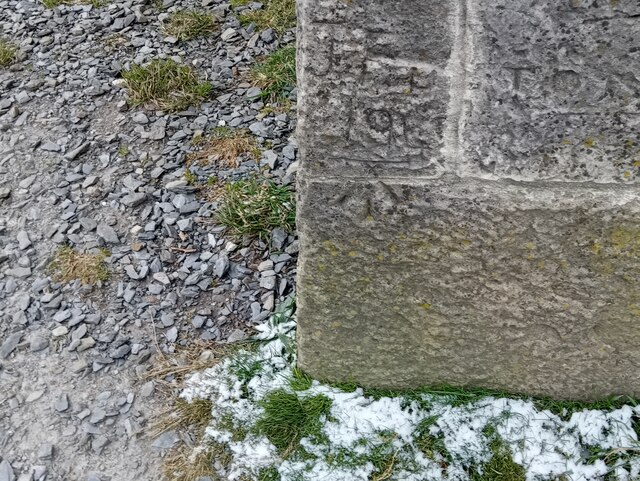
Wellington Without is a civil parish located in Somerset, England. Situated just west of the town of Wellington, it covers an area of approximately 12 square miles and is home to a population of around 2,000 people.
The parish is predominantly rural, characterized by rolling countryside, farmland, and scattered residential properties. It is bordered by the Blackdown Hills Area of Outstanding Natural Beauty to the south, providing stunning views and ample opportunities for outdoor activities such as walking, cycling, and horse riding.
Despite its rural setting, Wellington Without benefits from good transport links. The A38 road, which connects the towns of Taunton and Wellington, runs through the parish, providing easy access to the wider region. Additionally, the nearby junction 26 of the M5 motorway allows for convenient travel to major cities like Bristol, Exeter, and beyond.
Wellington Without is also home to several notable landmarks and attractions. Cothay Manor, a Grade I listed medieval manor house, is located within the parish. This beautifully preserved building and its stunning gardens draw visitors from far and wide. The parish also boasts a number of quaint villages and hamlets, each with its own unique charm.
In terms of amenities, Wellington Without has a primary school, a village hall, and a church, providing essential services and a sense of community for its residents.
Overall, Wellington Without offers a peaceful and picturesque countryside setting, combined with easy access to urban amenities and transport links, making it an attractive place to live or visit.
If you have any feedback on the listing, please let us know in the comments section below.
Wellington Without Images
Images are sourced within 2km of 50.956405/-3.223336 or Grid Reference ST1418. Thanks to Geograph Open Source API. All images are credited.
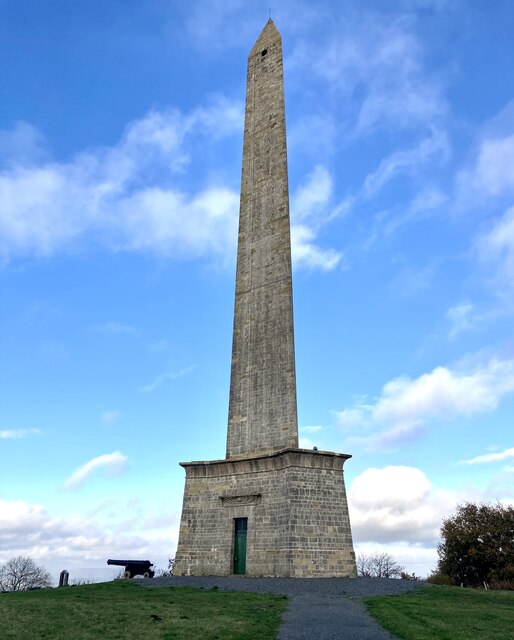
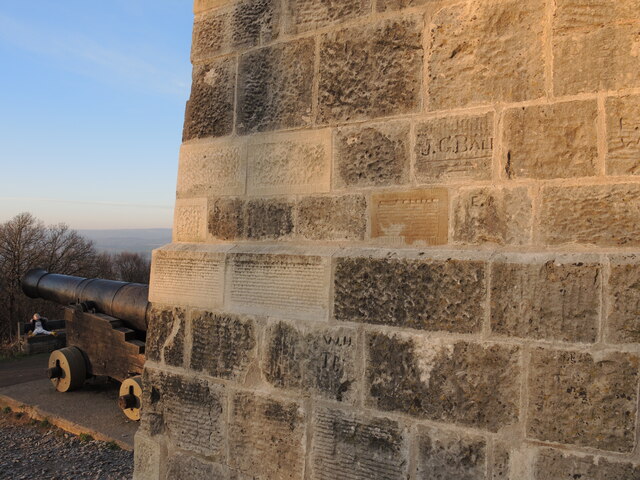
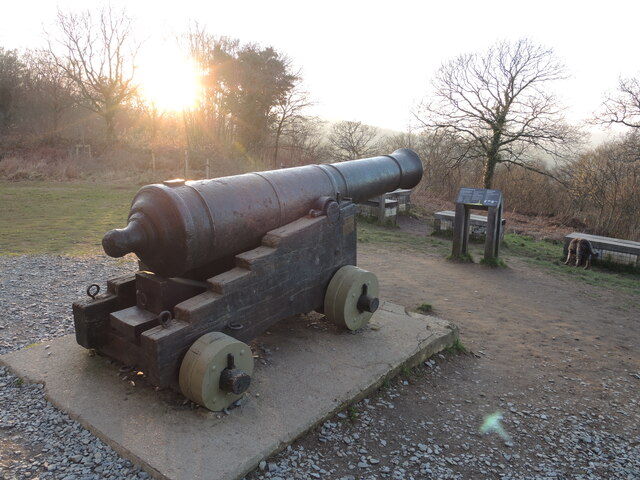
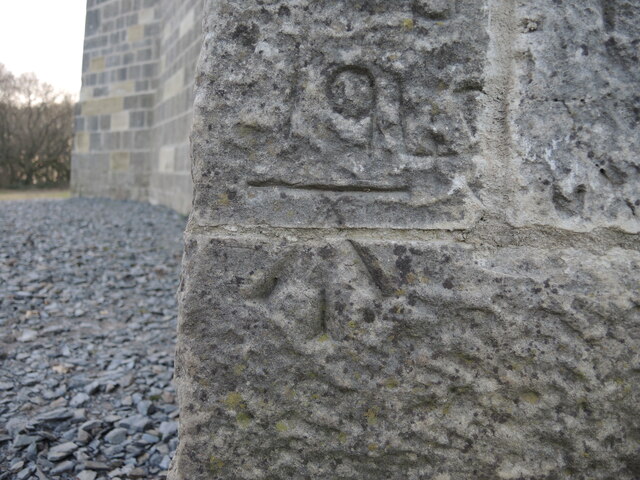
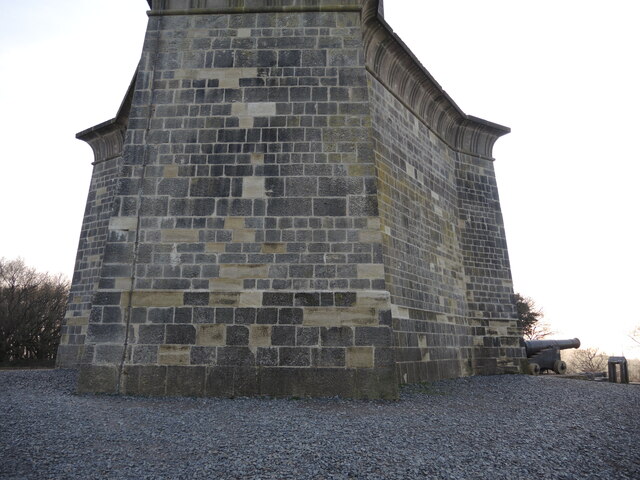
Wellington Without is located at Grid Ref: ST1418 (Lat: 50.956405, Lng: -3.223336)
Administrative County: Somerset
District: Somerset West and Taunton
Police Authority: Avon and Somerset
What 3 Words
///spoke.alike.pigment. Near Hemyock, Devon
Nearby Locations
Related Wikis
Wellington Rural District, Somerset
Wellington was a rural district in Somerset, England, from 1894 to 1974. It was created in 1894 under the Local Government Act 1894. In 1974 it was abolished...
Wellington Without
Wellington Without is a civil parish in Somerset, England. It lies south of Wellington and has a population of 727. The parish includes the hamlet of Ford...
South West England
South West England, or the South West of England, is one of the nine official regions of England in the United Kingdom. It consists of the counties of...
Wellington Monument, Somerset
The Wellington Monument is a 175-foot-high (53 m) triangular obelisk located on a point of the Blackdown Hills, 3 km (1.9 miles) south of Wellington in...
Blackdown Hills
The Blackdown Hills are a range of hills along the Somerset-Devon border in south-western England, which were designated an Area of Outstanding Natural...
Wellington, Somerset
Wellington is a market town in rural Somerset, a county in the west of England, situated 7 miles (11 km) south west of Taunton, near the border with Devon...
Wellington Museum, Somerset
Wellington Museum is a free museum in Wellington, Somerset, England, devoted to the modern history of Wellington, particularly those linked with the woolen...
Wellington School, Somerset
Wellington School is a co-educational independent boarding and day school in the English public school tradition for pupils aged 3–18 located in Wellington...
Nearby Amenities
Located within 500m of 50.956405,-3.223336Have you been to Wellington Without?
Leave your review of Wellington Without below (or comments, questions and feedback).
